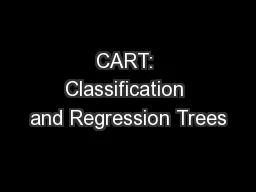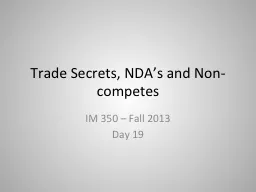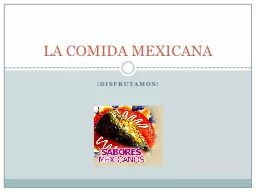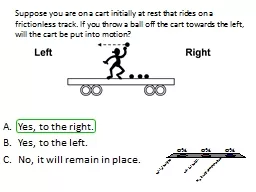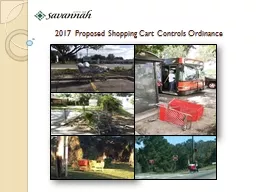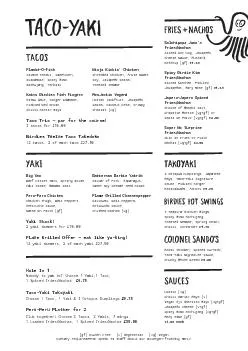PPT-The Taco Cart Inquiry Problem
Author : pamella-moone | Published Date : 2016-09-14
Done by Sonali Timmath Ekjot Kaur Grewal amp Ompreet Kaur Sarang Part 1 Guess who will reach the cart first We hypothesize that Ben will reach the cart first He
Presentation Embed Code
Download Presentation
Download Presentation The PPT/PDF document "The Taco Cart Inquiry Problem" is the property of its rightful owner. Permission is granted to download and print the materials on this website for personal, non-commercial use only, and to display it on your personal computer provided you do not modify the materials and that you retain all copyright notices contained in the materials. By downloading content from our website, you accept the terms of this agreement.
The Taco Cart Inquiry Problem: Transcript
Download Rules Of Document
"The Taco Cart Inquiry Problem"The content belongs to its owner. You may download and print it for personal use, without modification, and keep all copyright notices. By downloading, you agree to these terms.
Related Documents


